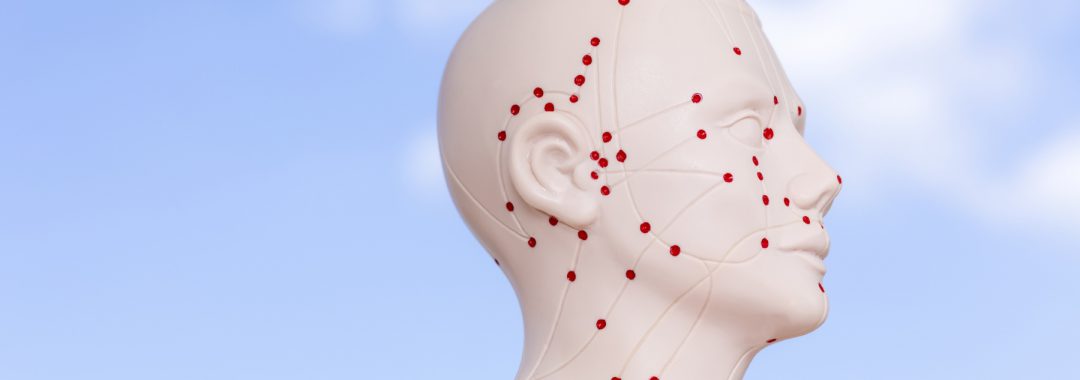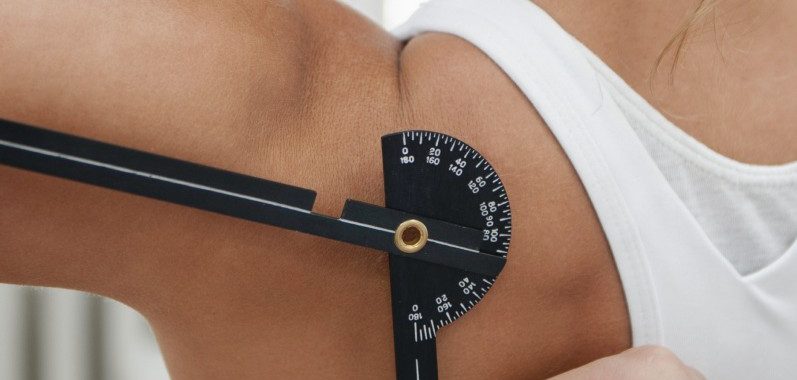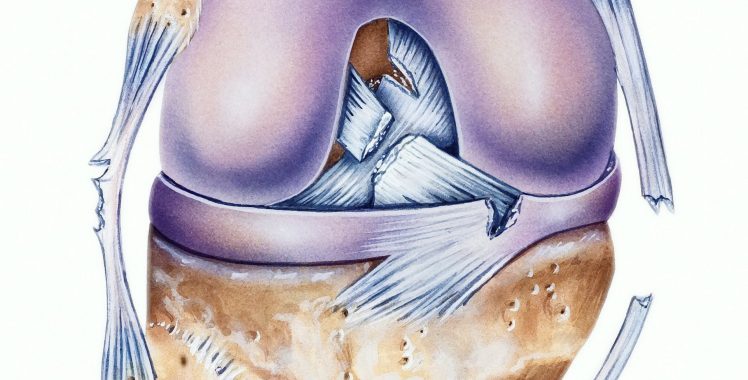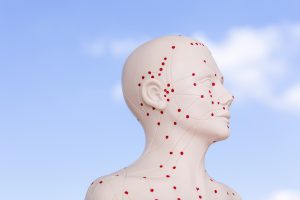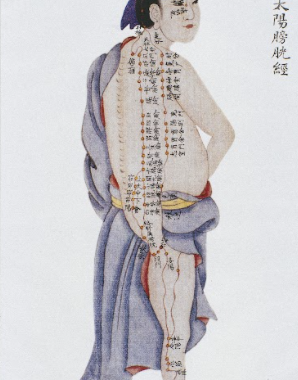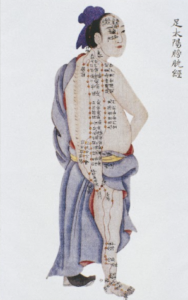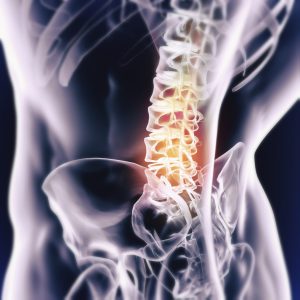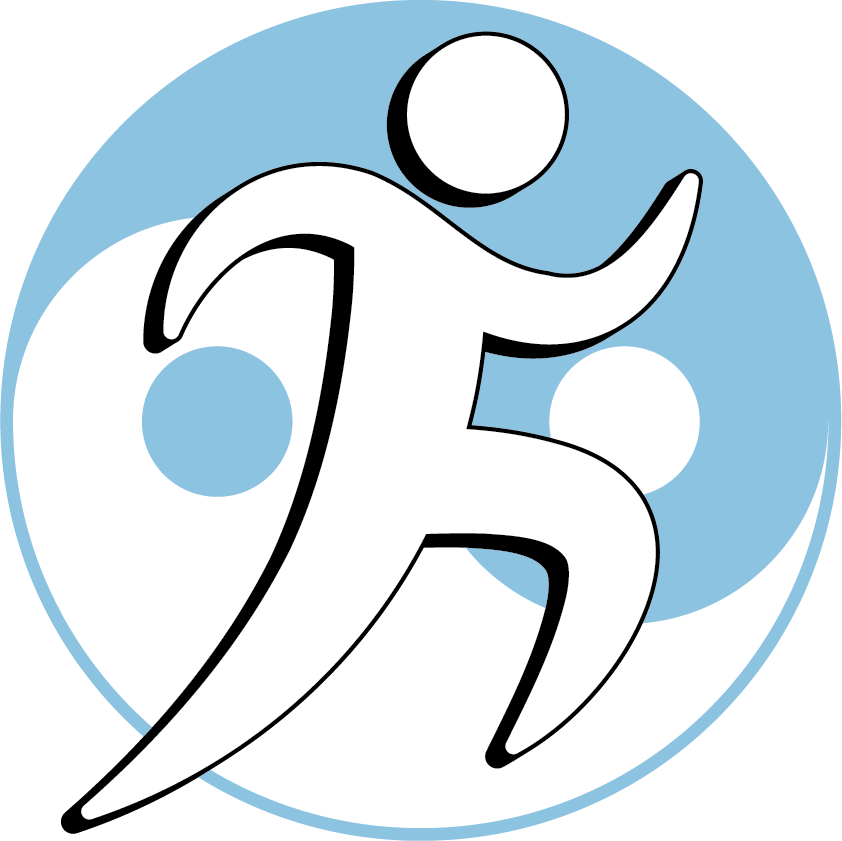With Instructor Anthony Von der Muhll, L.Ac., DAOM, DNBAO, FAIPM
has been added to your cart!
First time user? Your account will be automatically be created after purchase. Please note:
--Webinars require continuous attendance on the date(s) offered to receive PDAs/CEUs. If you cannot attend, please consider a self-paced distance-learning version instead, if available, or another class that you will be able to attend.
--Ebooks are included with class purchase--please do not purchase both. When purchased separately, Ebooks are for informational purposes only--no PDAs/CEUs.
Questions? Please visit our FAQ page. Thank you for your purchase!
Check back for next live class date, or contact us to be notified by email
Contact us to let us know of your interest in Distance-learning PDAs/CEUs
Course Content
Workshop Topics:
- Start-up essentials, options and strategies
- Further education, training and specialization
- Securing locations and rental/employment agreement terms that work for you and your patients
- Business planning essentials: financing, fee-setting, and appointment schedules
Who should take these classes:
- AOM students planning their future practice
- Recently-licensed acupuncturists
- Those transitioning to a new practice model or location
- Those re-entering the profession
- Anyone who wants support in starting and building a safe, sustainable and satisfying practice!
Participants receive:
- A “starter kit” of sample spreadsheets, clinic operating procedures, and marketing and educational materials
- On-going access to class notes and discussion forums
The topics in this class are continued in the afternoon 2:00-6:00 p.m., with Building Your AOM Practice:
- Key metrics to track for business development.
- Insurance billing basics, and whether to join–or quit–managed care networks
- Practice and risk management essentials
- Customer service: keys to success!
- No-cost, efficient marketing and referral-building strategies.
- The golden parachute: planning and selling your practice for maximum value
Take both classes for -10% off each!
Anthony Von der Muhll L.Ac., DNBAO, FAAPM specializes in sports injuries and orthopedic and pain conditions. He became Licensed as an Acupuncturist in 2003, and was the first graduate of the Five Branches University’s’ Integrative Sports Medicine program. He has served as a Clinical Instructor and Associate Professor at the Five Branches since 2005, and as a Doctoral Program Instructor in Integrative Acupuncture Orthopedics at the Academy of Chinese Culture and Health Sciences. He is also a Diplomate of the National Board of Acupuncture Orthopedics, a Fellow of the American Academy of Pain Management, and certified as a Myofascial Trigger Point Therapist (“dry needling”) through Myopain Seminars . He has over 20 years of clinical experience as a sports massage therapist, physical therapy aide, athletic training assistant, and licensed acupuncturist in multi-disciplinary clinics, including SpineMed Associates and the PRIME Pain Medicine Institute. He has also served as an Expert Witness for the California Acupuncture Board (CAB) and in malpractice litigation, and a practice manager and consultant to numerous acupuncturists. He is an approved by the CAB as a provider for Continuing Education (Provider #1225)
For more information:
Email: info@aomprofessional.com
Phone: 1-800-499-1438
